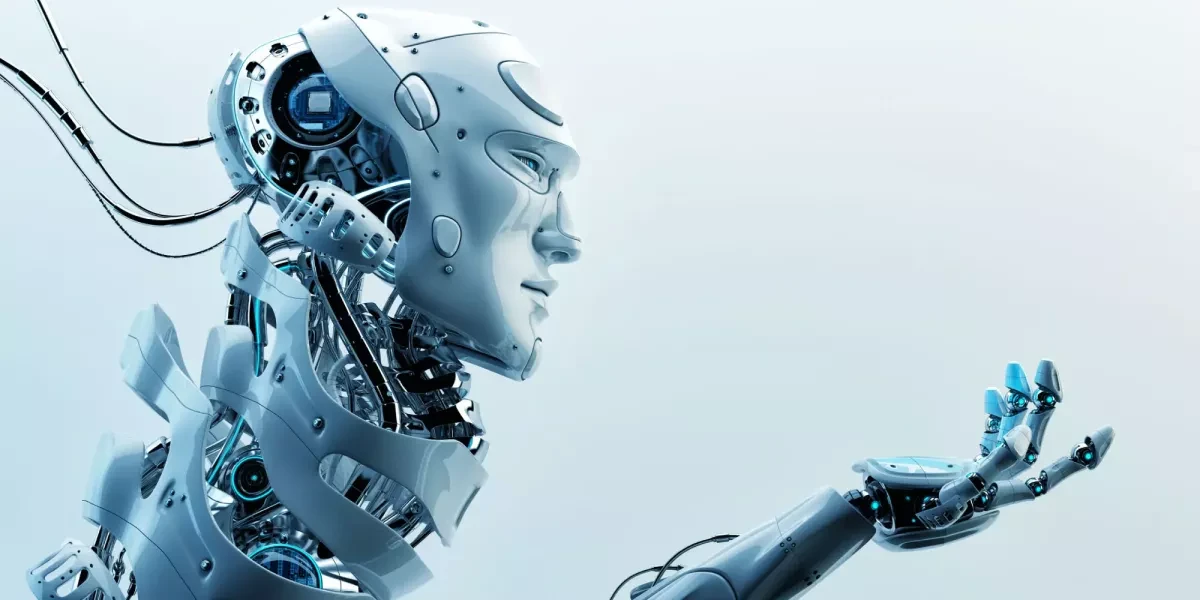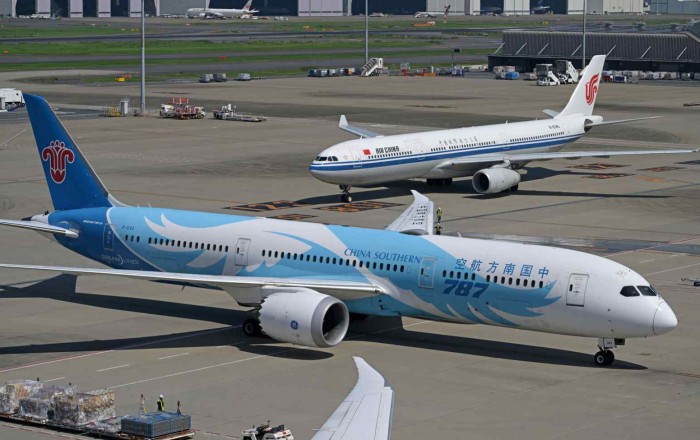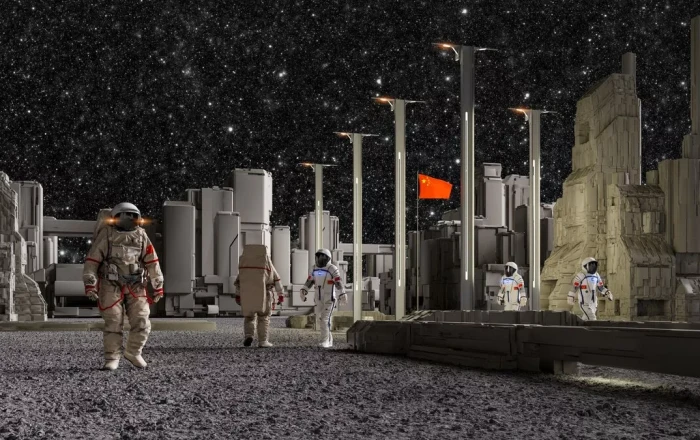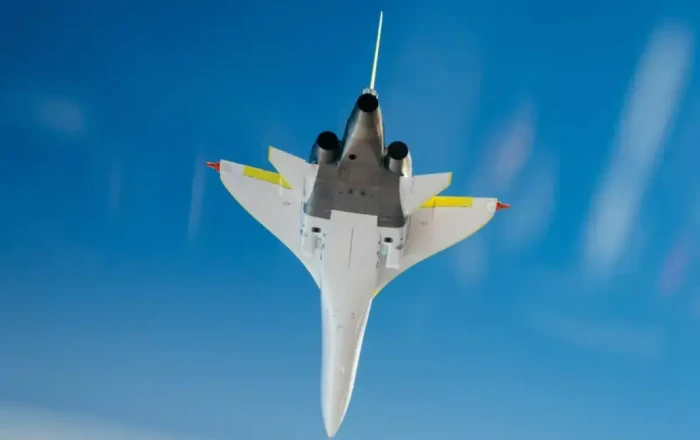Proceeding from a latest article, Business Insider describes that while the US is busy strategizing its future in AI through ambitious projects like the Stargate Initiative, a quieter but no less significant race is unfolding in the world of humanoid robots.
While the US focuses on AI models, China is already taking the lead in developing the physical bodies that will power the robots of tomorrow. With billions of dollars invested and groundbreaking robots hitting the market, China's rapid advancements signal its intent to dominate the future of robotics—and America may already be playing catch-up.
In January, President Donald Trump unveiled the ambitious Stargate Project, a $500 billion initiative aimed at advancing AI technologies in the United States. The project, which promises to secure America's place in the global AI race, focuses on boosting the development of models like OpenAI's ChatGPT and Anthropic's Claude. Trump called this "the largest AI infrastructure project in history," emphasizing its importance in the "great competition" for the future of humanity.
However, while the Stargate Project targets AI’s digital realm, the race for AI’s physical embodiment—humanoid robots—has already been won by China. Just days after Trump's announcement, China's Lunar New Year Gala showcased a remarkable display of 16 AI-powered humanoid robots, developed by the Chinese company Unitree, performing synchronized dances to traditional music. This event marked China’s intent to lead the charge in creating increasingly agile robots.
JPMorgan predicts a market of 5 billion humanoid robots in the near future, with Elon Musk forecasting even greater numbers, including 10 billion by 2040. Musk claims that his Tesla robot, Optimus, will be "the biggest product of all time," surpassing any product ever made. These robots will replace and assist humans in various industries, from personal assistants to restaurant waitstaff.
Despite the US advancements in AI models, China has surged ahead in the robotics sector. In the past five years, China has filed for 5,590 humanoid robot patents, far exceeding the United States' 1,442. The country also leads the global deployment of industrial robots, with 35 humanoid robots launched in 2024—accounting for two-thirds of the global total. In comparison, US and Canadian companies combined released just eight humanoids.
China’s investment in humanoid robots, alongside its manufacturing supremacy, positions it as the global leader. With substantial government support, advanced research, and a robust supply chain, China is well on its way to dominating the humanoid market. "Unless serious action is taken in the US, Europe, Japan, and South Korea, it will be very hard to compete with China in the long run," says William Matthews, a senior research fellow at Chatham House. For now, the race for humanoid robots is China's to lose.
By Naila Huseynova
Source: caliber.az












